Hi Toolmaker51
Here is the photo of milling cutters and identification
The left in the UK is an End Mill and the Left a Slot Drill
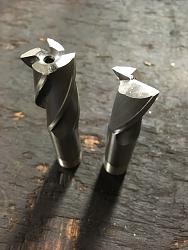
Yes, partially. In US both are endmills, capabilities ID'ed by number of flutes.
A shell mill is like an End Mill but is bolted to an arbour

Yes, exactly.
Side and face and slitting saws fit to a Stub Arbour.

Yes, exactly, or that of a horizontal mill. Full length arbors aren't named that I know of, stub is self-explanatory.
Deadlock cutter is screwed to an arbour with a realise mechanism built in the arbour via to dog grub screws one tightening the cutter and the other to release
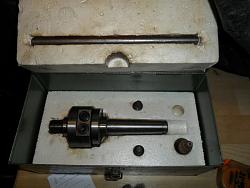
New to me, 100%
Are the names for these items the same in the US? Yes.
The Home Engineer


 LinkBack URL
LinkBack URL About LinkBacks
About LinkBacks

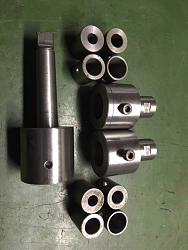
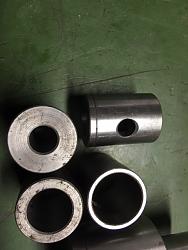

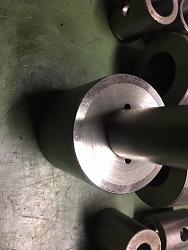


 Reply With Quote
Reply With Quote








Bookmarks